A Biodiversity Research Spotlight with Carolina Ocampo
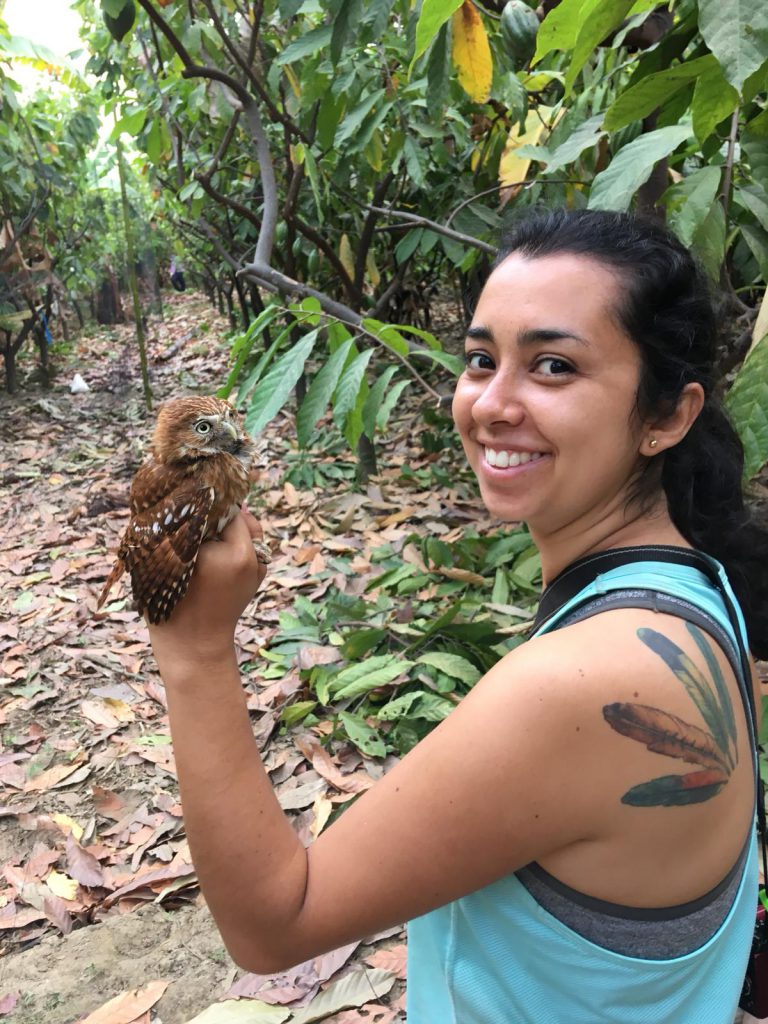
Since March of 2018, Carolina Ocampo has been spending most of her time in the tiny village of La Quemazón, Piura in northern Peru. She’s been busy getting acquainted with the birds, bats, and arthropods that visit the plantations of the native cacao variety “Blanco de Piura”.
Ocampo is a PhD candidate at the University of Göttingen in Germany, but her research interests have led her all over the world. As a Colombian national, she received her undergraduate education at the Universidad Nacional de Colombia in Bogota. Since Colombia is a nation with some of the highest metrics of biodiversity in the world she was extensively exposed to the field of taxonomy, but she struggled to decide which plant or animal categories she should be her specialization. After a while, she realized that her indecision wasn’t so much about not knowing what she wanted to look at, but that she wanted to ask different questions. “I wanted to know how things happened, instead of which things were there,” she noted in our interview this month.She then pursued her master’s degree in International Nature Conservation, in association between the University of Göttingen (Germany) and Lincoln University (New Zealand). That degree took her all over the world, from Germany to New Zealand to Cameroon, but when she decided to continue her work as a PhD candidate, she had her eye on the Neotropics, back on the South American continent, where the conservation implications are closer to home.
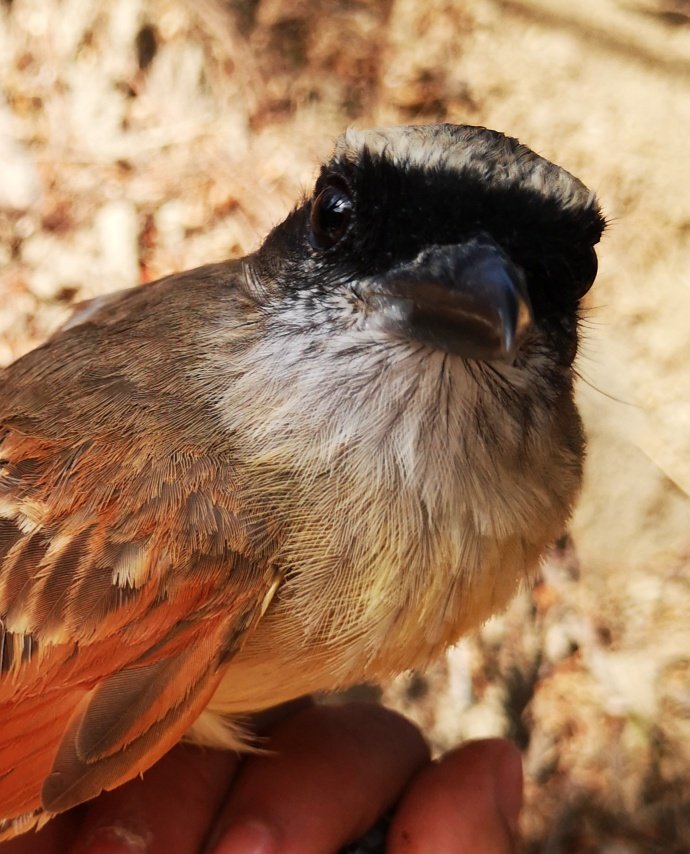
So, what are you doing out there?
Under the direction of Teja Tscharntke, professor at the University of Göttingen, Ocampo’s doctoral study focuses on biological pest control in native cacao farms. It also contributes more generally to an understanding of ecosystem services that are provided to cacao farms by the region’s biodiversity. As she’s nearing the end of her second year in the field, she’s almost done with the first phase of her project the biodiversity assessment.
Despite popular misconceptions that they are unruly foragers, birds and bats are often important agents of biological pest control in agroecosystems. Arthropods are more complicated—some are pests themselves, while others function as intermediate predators, such as spiders and ladybugs, that also contribute to biological pest control. Either way, there’s limited documentation about the species that visit the cacao farms in northern Peru. Ocampo’s work is changing that. Currently, piles of samples of arthropods collected over the past year are busily being identified in association with local entomologists; hours of point-count observations, mist-netting surveys and ultrasound recordings are being organized and quantified. All of this biodiversity data will then be matched to environmental variations between the rainy and dry seasons, as well as landscape and management characteristics of the cacao agroforests, and synthesized to understand species’ diets and habitat restrictions.
Meanwhile, the second phase of Ocampo’s doctoral work is also underway. Starting in September 2019, she began exclusion experiments at her test sites in Piura. With data collection ending in May, these experiments will illustrate what would happen to the productivity and quality of a cacao harvest if the plantation was completely isolated from the local biodiversity; which is exactly what happens when land use changes break down the relationship between agricultural land and surrounding wild ecosystems. According to the Agrobiodiversity Index report released by Bioversity International last year, Peru has an above average rate of integration between agricultural and wild lands. In fact, most of Ocampo’s test sites are exemplary of the size of cacao farms in Peru, averaging around a single hectare. Yet, Peru lacks land use policies to protect these relationships. With the economic pressure to intensify agriculture especially strong in developing countries, it’s never been more important to illustrate the value of integrated agroecosystems.
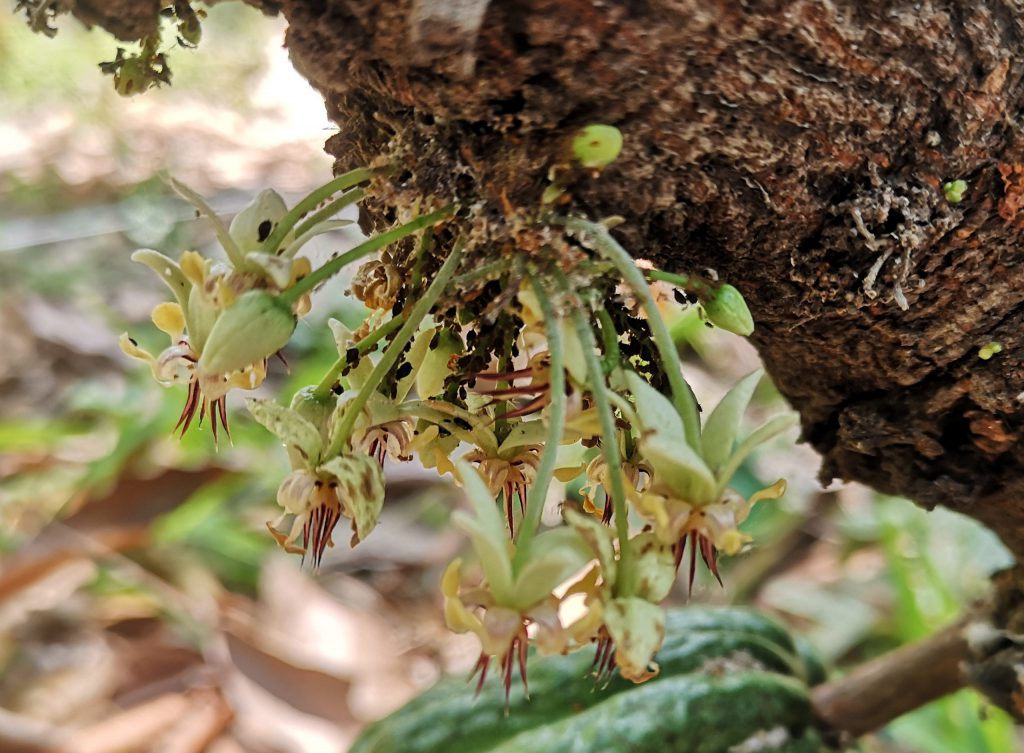
Brown citrus aphids (Toxoptera auranti) infest cacao blossoms. 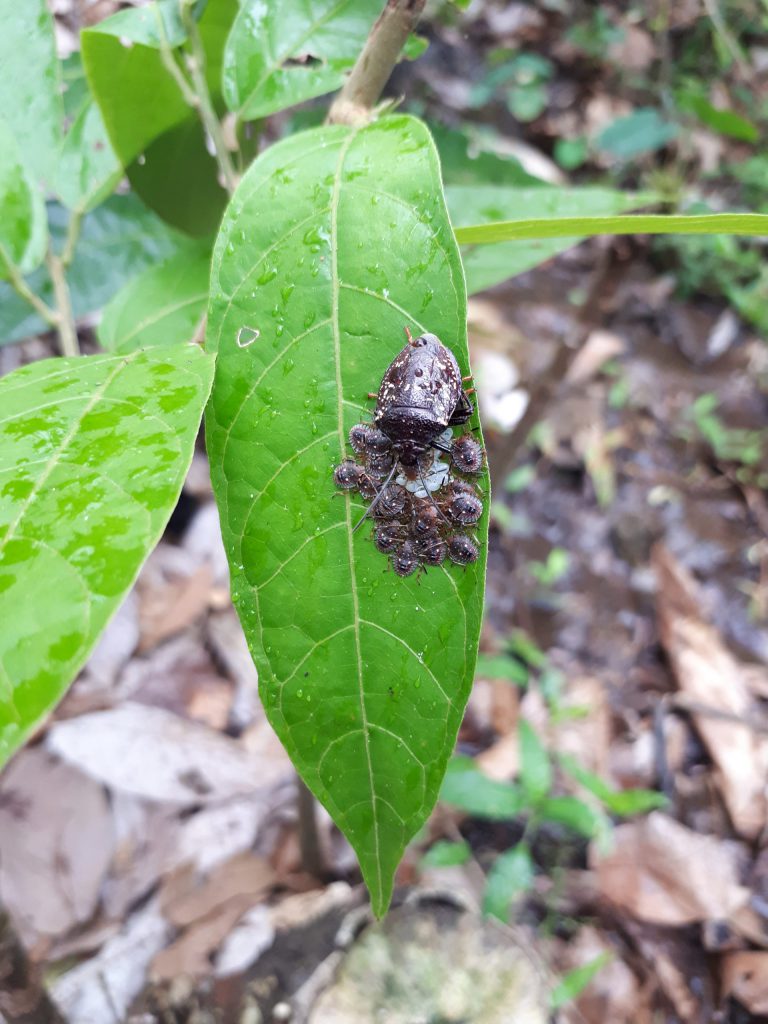
A pest from the shield bug family (Pentatomidae) sits on a cacao leaf with its brood.
Before starting her PhD, Ocampo knew that “Conservation doesn’t really work as an isolated topic. You can’t just tell people—don’t touch that!”
That conservation method isn’t culturally sensitive, economically just, nor ecologically realistic. Ocampo took this understanding into the field and as she sees it, community engagement has been both the biggest challenge and the most significant reward of her work so far. It’s not easy to explain to people why you want to rummage around their cacao farms in the middle of the night or why someone might want to attract bugs, birds, and even bats to their fields, but Ocampo says that she’s noticing the mindset within the community shift as people come to understand more about her presence and work there. As she puts it, “People are starting to appreciate that there’s more than one type of each thing. (for example) Not all bats suck blood; some bats contribute to the productivity of cacao.”
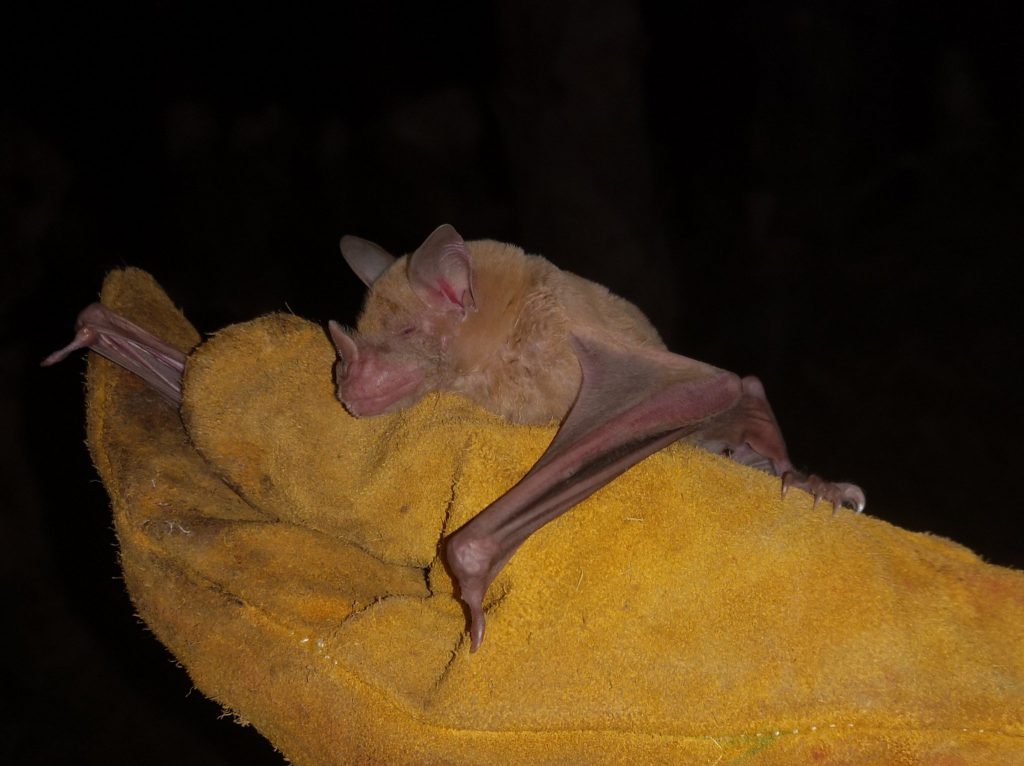
Ocampo recognized a turning point when she started recruiting for help with the exclusion experiments at the local schools. She was looking for kids who wanted to help by going into the cacao fields to open and close exclusions on a day/night schedule so that birds and bats, respectively, could be effectively blocked from interacting with cacao plants. In exchange, the participants receive school supply bags and get to take a field trip to the regional cacao processing plant in Piura after the harvest in the spring, but in addition to that, they also get more time with Ocampo. Carolina has been visiting the schools to talk about the birds she is identifying and to explain how students can identify them too. The curiosity sparked among children is spreading to the families that make up the community of La Quemazón and its neighbors. Ocampo remarked how there was a general excitement in town when news spread that the largest species of bat in all of South America (Vampyrum spectrum) was identified as one of the visitors to cacao blanco farms. Last week, a kid showed up at her house holding a massive iguana that he had found in his backyard. “My mom told me to kill it, but I thought I’d show it to you,” he said.
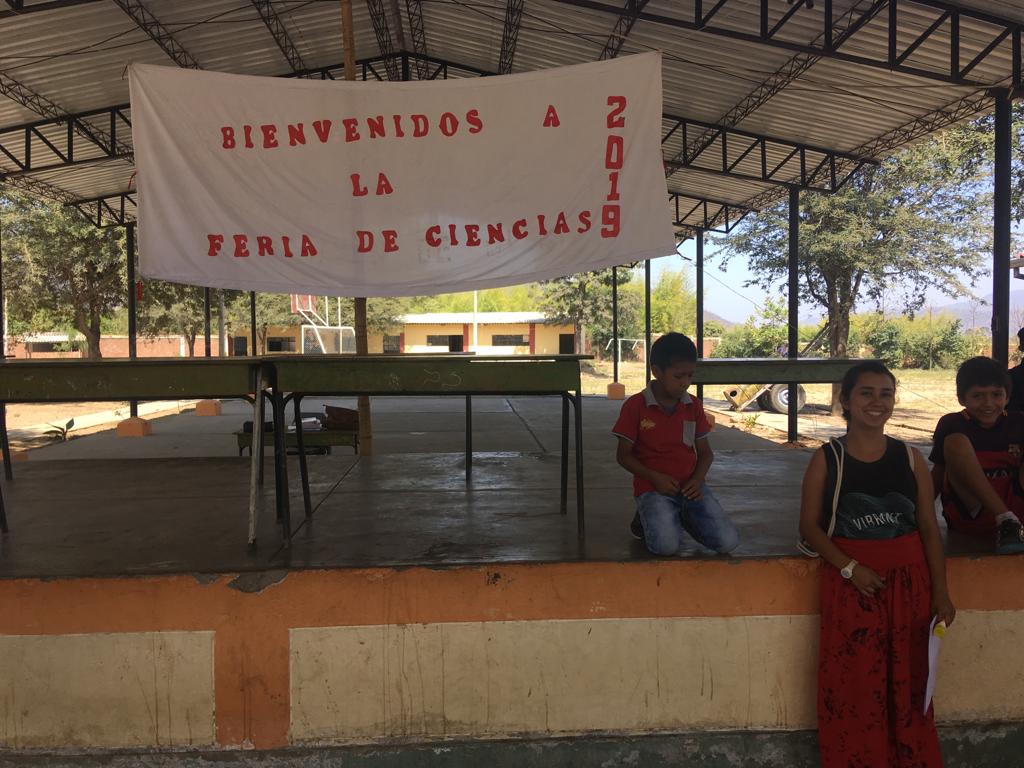
Still, some projects are a hard sell. Ocampo cites a time when she was recruiting people to place clay, dummy caterpillars in their cacao plantations, so that she could record what species tried to bite them and how many times. People were not particularly engaged. Nevertheless, Ocampo said, “I see people taking ownership of their local biodiversity” and that within itself, is a major victory for conservation.
So, what’s next?
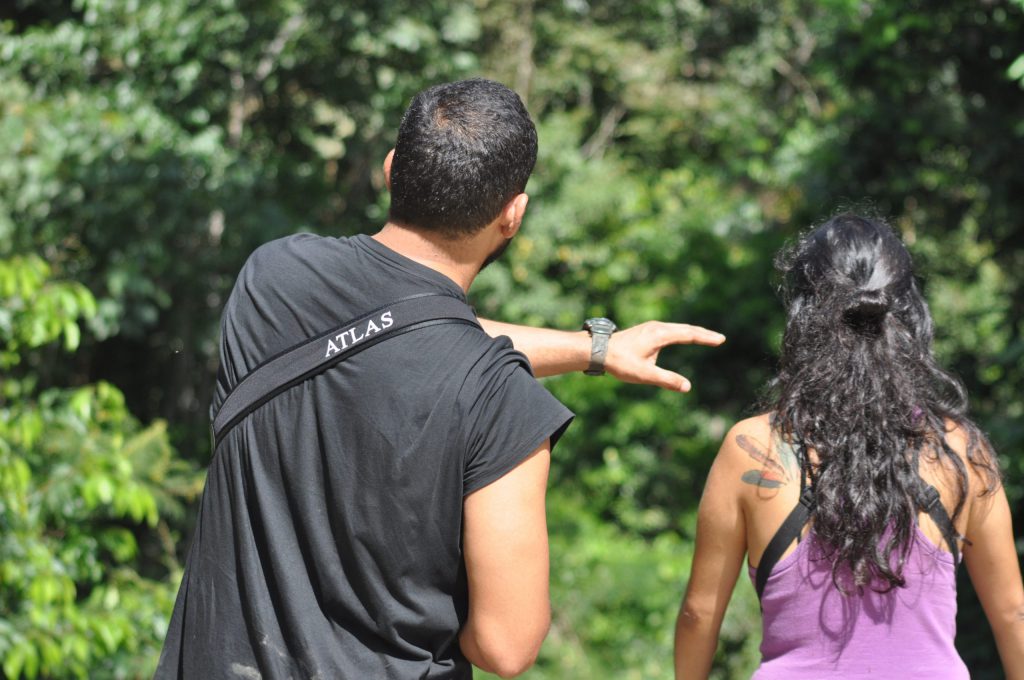
Due to time and logistical constraints, the biodiversity data for the Cusco region has not been as thoroughly collected as that for Piura, but thanks to additional funding from Peruvian collaborators, including ornithologist Jorge Novoa with the Centro de Ornitologia y BIodiversidad (CROBDI) and biologist Lucero Horna with the Consejo Nacional de Ciencia, Tecnologia e Innovacion Tecnologia (CONCYTEC) & the Universidad de Piura (UDEP), more information is on its way. Specifically, this funding will allow for the expansion of mist-netting surveys throughout PIura and Cusco– a method that provides additional information about bird molting and reproductive patterns. Ocampo is continuing her community engagement with school talks and biodiversity presentations to local farmers working on tropical dry forest restoration projects. She will also be presenting her intermediate results at the European Conference of Tropical Ecology held in Leipzig, Germany this March.
In July of this year, Ocampo will begin exclusion experiments for Chuncho cacao plantations in the Cusco area. Given Cusco’s vegetation, climate and the preliminary results from the biodiversity assessment there, she expects biodiversity levels to be high and therefore, she anticipates the outcome of the exclusion experiments to be particularly informative. There’s still a lot of data collection and analysis ahead of Ocampo, but although the work is challenging, she remarks that, “I am really, really excited and I am incredibly grateful for this opportunity, because, in a way, it couldn’t be more made for me.”
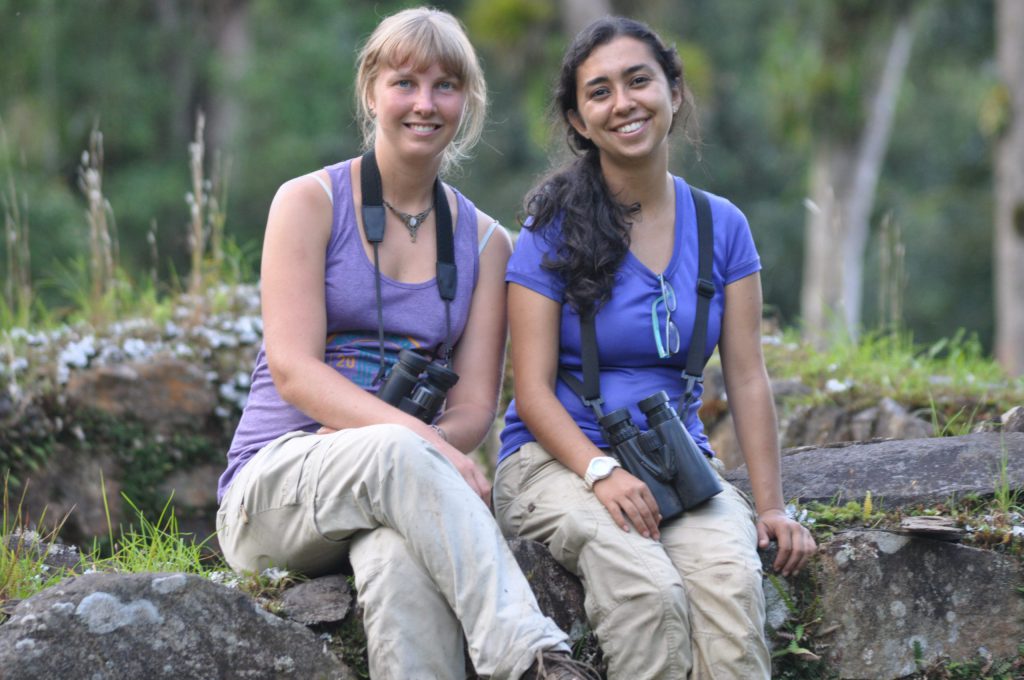
Recent Comments